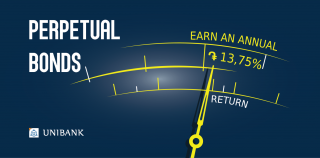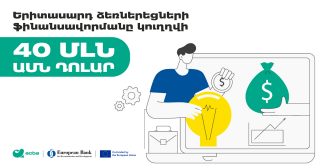
Armenia ranks the 33rd in the world by economic freedom index

American Heritage Foundation published 2017 Index of Economic Freedom where Armenia ranks the 33rd among 180 countries. Armenia’s economic freedom score is 70.3, making its economy the 33rd freest in the 2017 Index (Armenia was the 54th in 2016 report).
Considerable diversification of Armenia’s economic base has increased economic dynamism, and a decade of strong economic growth has reduced poverty and unemployment rates. Broad simplification of business procedures has facilitated regulatory efficiency. After years of expansionary fiscal policies, efforts have been made to limit the cost of government through more prudent management of public finance.
Armenia performs relatively well in many categories of economic freedom, but more reforms are needed to enhance judicial independence and government transparency. Despite progress in tackling corruption, particularly in the tax and customs administrations, close relationships within political and business circles raise concerns about cronyism and undue influence.

BACKGROUND
President Serzh Sargsyan of the center-right Republican Party won a second five-year term in 2013. A cease-fire in Armenia’s 25-year occupation of Azerbaijan’s Nagorno–Karabakh region has been in effect since 1994, but four days of intensive fighting in April 2016 left dozens dead on both sides. The economy relies on manufacturing, services, remittances, and agriculture. Armenia announced that it was suspending an association agreement with the European Union in September 2013 and joined the Russian-backed Eurasian Economic Union in 2015. A sluggish Russian economy, which accounts for 23 percent of Armenian exports, has inhibited growth. The government relies heavily on loans from the World Bank, the International Monetary Fund, the Asian Development Bank, and Russia.

RULE OF LAW
Armenian law protects secured interests in personal and real property. The judiciary lacks independence and transparency. All disputes involving contracts, ownership of property, or commercial matters are resolved in the courts of general jurisdiction, which handle both civil and criminal cases and have long backlogs. Pervasive corruption has been aggravated by Russia’s consolidation of its influence over Armenia’s economy and regional security.
GOVERNMENT SIZE
The top individual income tax rate is 26 percent, and the top corporate tax rate is 20 percent. Other taxes include a value-added tax and excise taxes. The overall tax burden equals 23.5 percent of total domestic income. Government spending has amounted to 24.7 percent of total output (GDP) over the past three years, and budget deficits have averaged 2.8 percent of GDP. Public debt is equivalent to 46.6 percent of GDP.

REGULATORY EFFICIENCY
The regulatory framework is relatively efficient. The minimum capital requirement for business start-ups has been eliminated, and bankruptcy procedures have been modernized. The nonsalary cost of labor is moderate, but the informal labor market is sizable. The government and a Russian–Armenian billionaire jointly funded electricity subsidies for more than a year after massive public protests in June 2015 against a proposed rate increase.
Trade is important to Armenia’s economy; the value of exports and imports taken together equals 71 percent of GDP. The average applied tariff rate is 2.4 percent. Bureaucratic barriers interfere with international trade, and foreign citizens may not own land. The state no longer has a stake in any bank, but the banking sector, which accounts for over 90 percent of total financial-sector assets, still struggles to provide adequate long-term credit.























